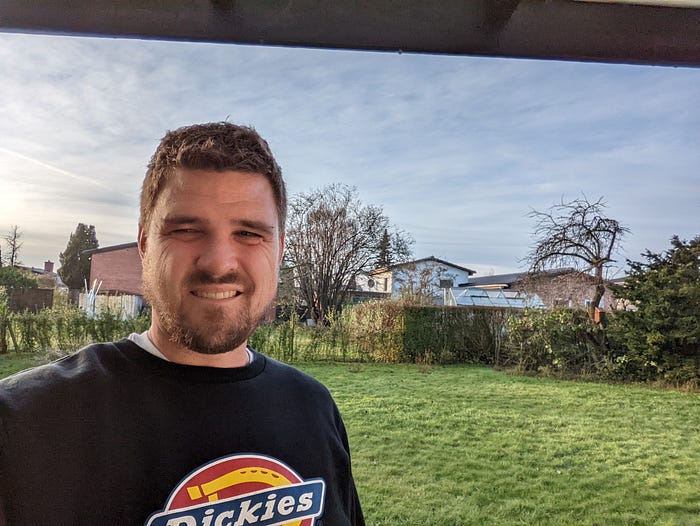Userflow: Revolutionizing SaaS Onboarding with No-Code Solutions

Company profile
Company business details
Motivation to build the product
The founders were motivated by the need to improve user onboarding experiences in SaaS products, recognizing that effective onboarding is crucial for user retention and satisfaction. They aimed to create a solution that would empower businesses to enhance their user engagement without requiring extensive technical resources.Problem that their product solves
Userflow solves the problem of ineffective user onboarding, which can lead to high churn rates in SaaS companies. The end users are businesses that need to guide their customers through their software applications effectively. Solving this problem is important as it directly impacts user retention and overall satisfaction with the product.Their unfair advantage
Userflow's unfair advantage lies in its no-code platform that allows non-technical users to create customized onboarding experiences quickly and efficiently, reducing reliance on development resources.Strategies
Pre-Launch (Product Development & MVP)
Identifying Customer Needs
Before launching Userflow, the co-founder Sebastian Seilund identified a gap in the market for in-app onboarding solutions. After receiving feedback from customers about the need for better onboarding tools, he pivoted the business to focus on this area. This decision was based on thorough market analysis and direct customer inquiries, which highlighted the demand for effective onboarding solutions.
Bootstrapping for Autonomy
Esben Friis-Jensen, co-founder of Userflow, decided to bootstrap his second startup after experiencing the challenges of VC funding with his first startup, Cobalt. He aimed to maintain full autonomy over the business and avoid the dilution of ownership that often comes with multiple funding rounds. By choosing to self-fund, he could focus on building a product that aligned with his values and directly addressed customer needs, rather than getting caught up in organizational management.
MVP Development in Buenos Aires
The founders of Cobalt decided to move to Buenos Aires for four months to build the MVP of their bug bounty platform. This decision was driven by the need to create a product that could facilitate penetration testing as a service, which was a hot topic in the media at the time due to increasing cybersecurity threats. They immersed themselves in a new environment, which not only fostered creativity but also allowed them to focus on developing their product without the distractions of their home country.
Hiring Campaigns
The company initiated a hiring campaign to attract talent for key roles such as product managers and acquisition managers. They promoted these opportunities through their community channels, encouraging members to apply or refer suitable candidates. This strategy not only filled essential positions but also engaged the community by involving them in the growth of the company.
Launch Stage
Product-Led Growth Model
Userflow adopted a product-led growth model that focuses on attracting users through ads, thought leadership, and SEO. They convert these users using a free trial and product-led onboarding, which is built with their own Userflow tool. Retention is achieved by ensuring they have the strongest product with the best UI/UX. This approach has allowed them to grow to over 400 customers and achieve a 7-figure annual recurring revenue (ARR). More details about their approach can be found on their website here.
Learn more about Userflow

Esben Friis-Jensen of Userflow On The 5 Things You Need To Know To Create a Successful App, SaaS or Software Business

Bootstrapping after 8 Years on the VC-Backed Path, Getting to Multi-Million ARR with a Team of 3, and Notes on PLG with Userflow’s Co-Founder, Esben Friis-Jensen

How a Team of 3 Bootstrapped to $5M ARR - Esben Friis-Jensen, Userflow

🌱 Product-led Growth with the Co-Founder of Userflow



